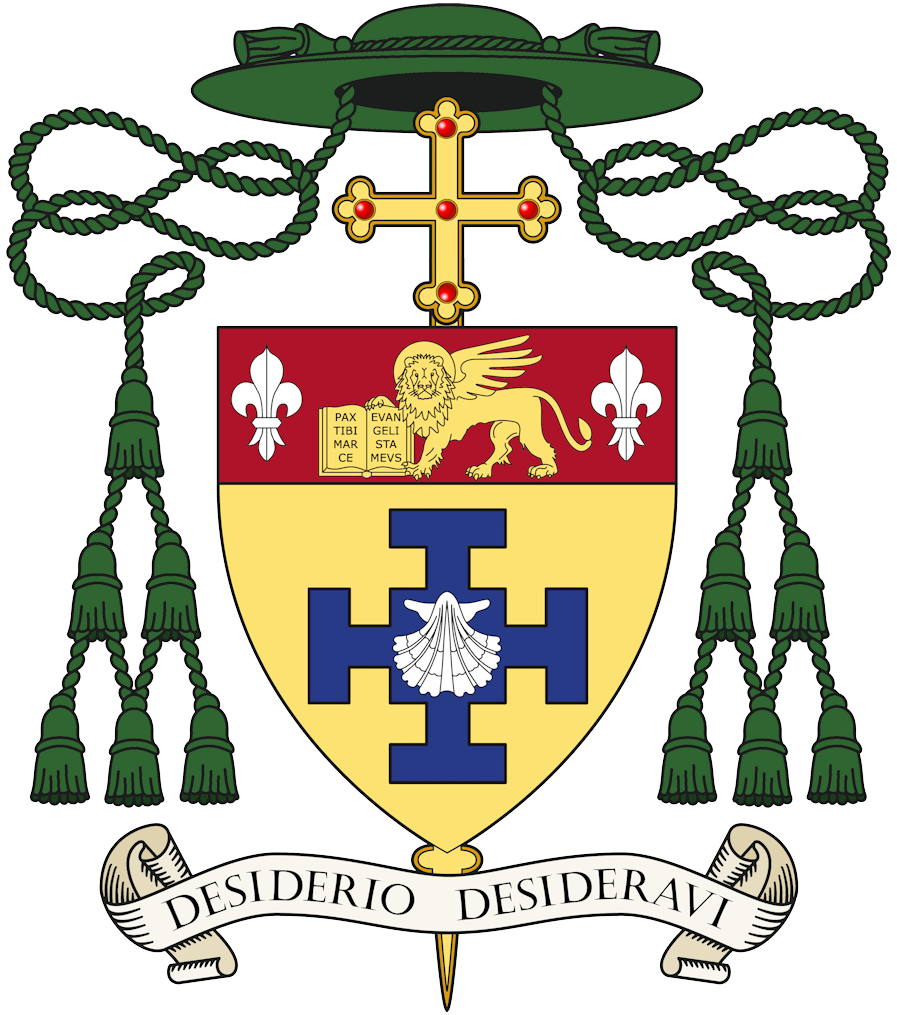The Diocesan Trustees at its meeting on the 17th October received a report prepared by Mrs Kathleen Stead, the diocesan director of RE, on the Section 48 inspections of schools undertaken in the diocese in the school year 2006-07. (To find the reports type Education+Service+reports into the Search field on the Diocesan website.)
The Section 48 inspection takes place in tandem with the government’s OFSTED inspection and looks specifically at the school’s overall effectiveness, the Catholic life of the school and the religious education programmes. It also complies with Canon Law to enable the bishop to have an up-to-date assessment of the Catholic life of schools in his diocese.
In 2006-07, 20 of the 48 primary and nine secondary schools in the diocese (St Mary’s VI College in Middlesbrough is inspected under a different programme) were inspected. The group comprised 15 primary and four secondary schools – one primary inspection has been deferred until the 2007-08 cycle rather than be undertaken in the last weeks of the summer term. The inspection programme, conducted by inspectors trained by the diocese, knowledgeable of leadership and religious education in Catholic schools, makes judgements in three areas:
- Overall Effectiveness
- The Catholic Life of the school
- Religious Education
by reference to four standards: Outstanding, Good, Satisfactory and Inadequate. The four point scale, by definition, raises the hard question as to whether ‘satisfactory’ is in reality sufficient, especially in the context of the Catholic life of the school.
In relation to Overall Effectiveness all primary schools were judged either good or outstanding. ‘Overall effectiveness in the provision of Catholic education is of a high standard’. In fact four schools were judged outstanding: truly a credit to the governing body, to the headteacher and to the pupils and their parents. There is ‘dynamic leadership, outstanding provision and achievement in religious education and excellent partnerships within the schools, as well as with the parish and local communities’.
The four secondary schools inspected similarly were all judged good with one identified as outstanding. Credit similarly is due to the governing body, to the headteacher and to the pupils/students and their parents. The school judged outstanding was seen to have ‘a particularly well-shared understanding of its ministry to young people and its service to the Church at all levels of its management and teaching’. All schools were judged well capable of making further improvements: a tribute to the governors, headteacher and teaching staff.
The Catholic Life of the School similarly was judged successful. Leadership and management in developing the Catholic life of the school was assessed as outstanding or good in all schools. Collective worship was similarly graded: ‘The best schools provide creative opportunities for children to pray alone and together, formally and reflectively, in response to events and according to the Liturgical year’. In no school was the opportunity for prayer and worship considered under-developed: a most encouraging reflection upon the work of our schools.
The assessment of Religious Education teaching was similarly judged either outstanding or good in all but one school. All primary schools who use the ‘Here I Am’ programme, which is the only primary programme approved by the Bishops’ Conference, were graded good or outstanding. The secondary schools ‘have invested great amounts of time and effort in ensuring that pupils are presented with appropriate, interesting material in an accessible and challenging form’. One school, on account of staffing pressures, could only muster a ‘satisfactory’ while the remaining three, two were judged good and one outstanding.
The diocesan Section 48 reports are forwarded annually to the Catholic Education Service (CES) to provide part of the annual assessment of the work and progress of Catholic schools nationally.
Individual S48 reports are available directly from the school in question while web-copies are held via the CES website.
It is a pity that more people are not aware of the true strengths of our schools.
Colin Hardy
Acting Director of Schools and Schools' Commissioner
